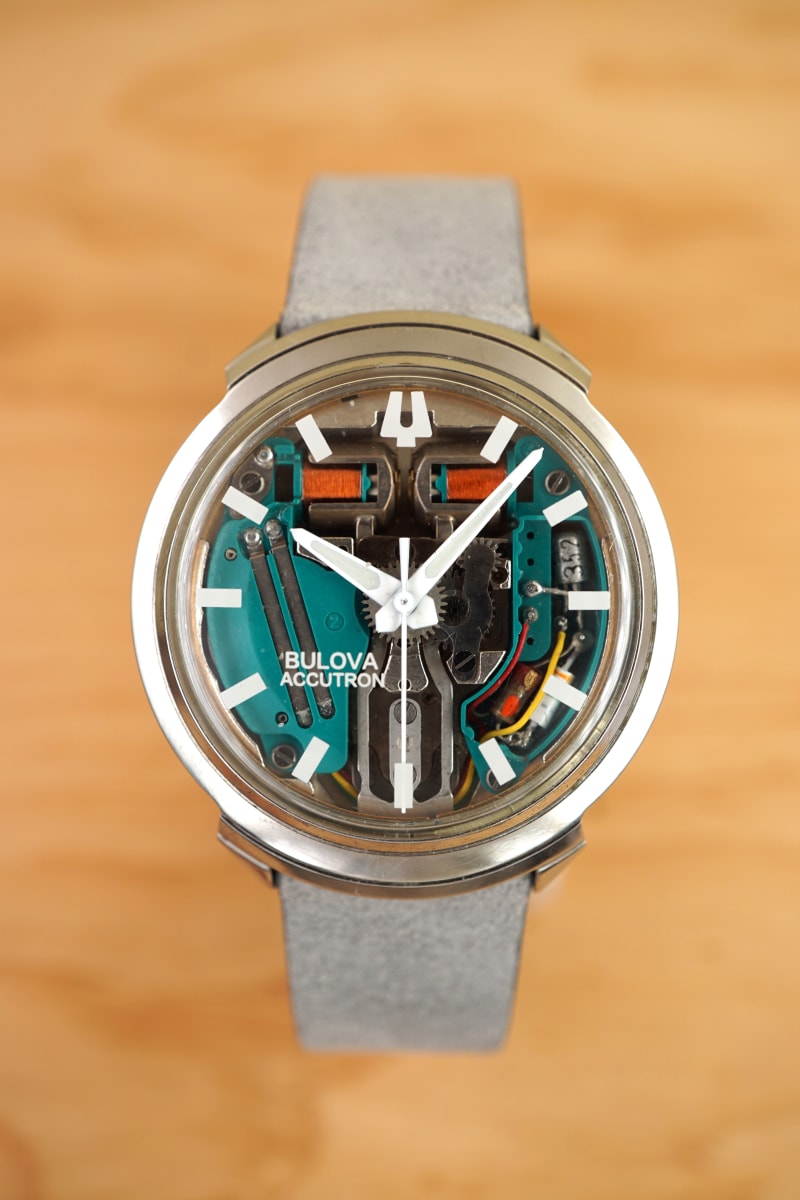In general with tuningfork-movements, the 360Hz vibration is not only audible but also could be felt with fine fingertips. Yes, she can hear it but she has to come very close with her beautiful ear and yes, she can feel it hum when she puts her soft finger-tips on your wrist.
Well, and technologically it is a blast anyway: 80m copper-wire on each coil -- 160m in total on your wrist --, a ratchet-wheel with 300 teeth and just 1.3mm in diameter, the Raytheon-made Germanium-transistor and precise to 2s / day. A blast that you missed all the years in horology that you just looked on mechanical watches, excluding everything electronic because of the blinders put on your eyes by the dogmatic high-priests of horology: "It has no soul, if it has no balance (die Unruh).", they said. "Haaaaa!", responded the agnostic before falling off the chair, holding his stomach from laughing.
Anyway, in the wonderful technology of tuningfork-movements is around since Max Hetzel invented it in the late 1950s and Bulova made his idea a marketable product in 1961 -- details about this fascinating genre in our blog: *klikk.
And so it is fair to say, 1961 is the moment when most watchmakers changed their selling-point from "Precision" to something more flexible, fluid and emotional ("Soul of a Watch", "Traditional", "Characteristically Unprecise", "Perfect Imperfect") for a reason: because mechanical watches could not compete with electronics in this category "Precision", that was the cornerstone and center of efforts in all horology before.
Needless to point out that this transition from something measurable to something more emotional & spiritual was not successful for most of the industry ("Quartz Crisis").
